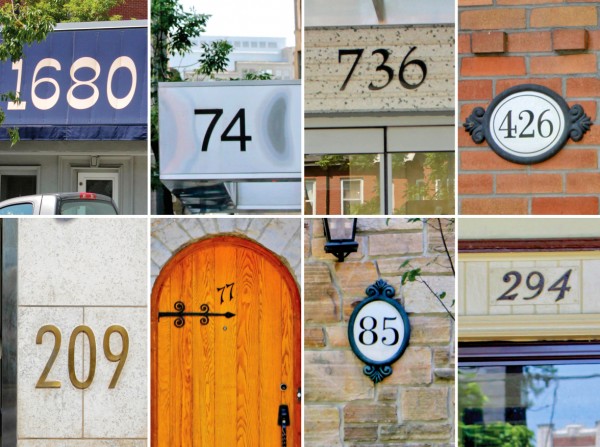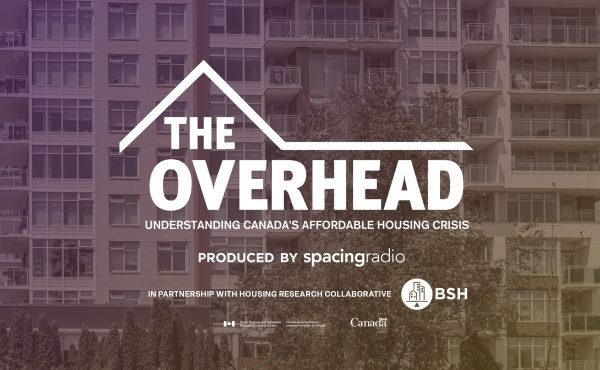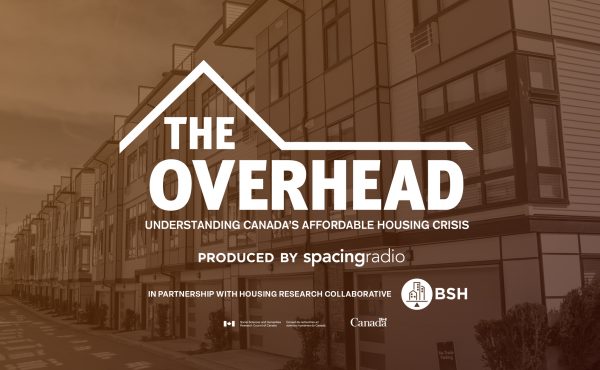You can tell a lot about a building by its number. Depending on what city you’re in, a street address can indicate distance from a body of water or major street, proximity to the nearest arterial, or which side of the road you’re on. Canadian cities all have their own systems for assigning numbers. Here are details on how the systems work in Vancouver, Calgary, Montréal, and Toronto.
How does it work?
Laid out in grid patterns, these four cities all have an intersection that represents zero, and numbers increase upward and outward from there. Vancouver’s is Ontario/ Carrall Street and Dundas Street. Calgary’s is Centre Street and Memorial Drive, Montréal’s is St. Laurent Boulevard and the St. Lawrence River, and Toronto’s is Yonge Street and Lake Ontario.
Vancouver, Montréal, and Calgary are all similar in that each city block is assigned 100 numbers — so the first buildings on the block will have a number ending in “01” (or close to it), ascending to “99.” The digits in front of that indicate how many blocks each block is from the centre. In Calgary, where streets are numerically named, it’s even easier; the first digits represent the street the building is closest to. So, a building numbered 3420 is number 20 on the block and closest to 34th Street. This means that a street that runs east–west through Centre Street will have virtually the same numbering as any street running parallel to it.
In Toronto, on the other hand, building numbers usually increase by two regardless of which block they’re on, so one block may have buildings numbered 384 and 402 on it.
Who assigns an address?
In Calgary, the City’s addressing officer is the one in charge of assigning new building numbers. In Vancouver, that job belongs to the chief building official. In Toronto, Wally Kowalenko is the city surveyor and director of the survey and mapping department. He says Toronto’s numbering breaks down in a few areas because the city is a collection of amalgamated cities. “There were a number of inconsistencies,” he explains, “and we couldn’t very well undo them, so we just live with the inconsistencies as best we can. I like to think we have relatively consistent policies now in place.”
Montréal is divided into 19 boroughs, and each has its own numbering bylaw and permit officers to issue them. Sylvain Daoust, permit officer in the borough of Ville-Marie, says although each borough has the power to do something different, not many do. “Most of the boroughs in Montréal have the same bylaw or numbering, which is quite simple.”
What if you want to change your building’s number?
Some numbers have deep significance in certain cultures, which can impact the resale value of a property. As a result, sometimes an owner will seek to change a building’s number.
In Calgary, you must pay $735 to the city for one address number change. If you are changing multiple addresses, the charge is a $735 base fee and then $86 per additional address.
In Vancouver, like other cities, you must be the registered property owner to request a number change. The cost is $690.
In Montréal, you don’t have the option of changing your number. Because numbers are assigned according to where your door is located in relation to the other doors on the street, changing one would mean changing all of them. The exception would be a building with a wide façade, such as an office building. In a case where a door position moves significantly, or a new one is added, a number can be assigned, which costs $56.50 plus taxes. If a number is removed in this case, it cannot be used again. It exists and will be attached to that building, whether it is used or not.
In Toronto, if the owner of a property wishes to change the address of a building, they have to pay $300, and then $29 for each additional address.
photo by Amber Daugherty
![]()
Interestingly, the following five Canadian cities assign different sets of numbers on different sides of their streets.
Vancouver:
- North: odd
- South: even
- East: even
- West: odd
Calgary:
- North: even
- South: odd
- East: even
- West: odd
Toronto:
- North: even
- South: odd
- East: odd
- West: even
Montréal:
- North: odd
- South: even
- East: odd
- West: even
Halifax:
- North: odd
- South: even
- East: even
- West: odd




11 comments
What bugs me is the lack of 4 or 13 as address numbers because of superstitions.
At least in the older part of Toronto, not only are the street numbers not tied to blocks or distance, but you can have dramatically different numbers on opposite sides of the street. I used to rent an even-numbered apartment on Queen Street East, east of Woodbine. The corresponding odd-numbered address was 500 metres to the west!
I got burned by my lack of understanding of Toronto’s numbering system shortly after I moved here. I had to pick up a package at an address that was about 154 Front St, and being familiar with the X-hundred block numbering systems of Vancouver and my home town, I assumed that meant it was just a block or two from Yonge St, and that I could just quickly walk there from the subway station, grab my package and head back on the train.
A block or two or nine.
And that was a heavy package.
@Brent,
Bathurst is the same way, especially between St Clair and Eglinton where it was an old municipal boundary. Just south of Eglinton, number 2000 is across the street from 1751.
You’re writing in English. Montreal does not take an
accent-aigu when you are writing in English.
In some cities the addresses are defined by the old sideroads and “lines” that make up the grid … first street up marks 1000, second street up marks 2000, etc.
Toronto trivia:
You can usually expect even numbers on the west side of the street, but not at Bloor and Dundas. Fun!
Got hopelessly lost at bloor and dundas for 20 minutes walking back and forth due to believing this rule was everywhere :/
On the Island of Montreal, most of the former east-end suburban cities followed the Montreal numbering plan while the former west-end Suburban cities didn’t except for Verdun which went to the Montreal numbering system on east-west streets after WW-II (in the 50’s according to a friend). Montreal has had at least 2 major and 2 minor street renumberings in the the 1900-30 period when the City annexed a number smaller towns and villages. The last (minor) renumbering I can find was in the late 1930’s
Montréal is spelt with an acute accent.
a) In Calgary, you must know your quadrant of the city, or you may be miles from your address (SW, NW, SE, NE)…
b) And the ‘zero’ starting point is very confusing if you are used to addressing in which the ‘first street/avenue’ has a number.
c) But of course that ‘confusing’ is true of any unfamiliar city; it just takes time to figure it out.